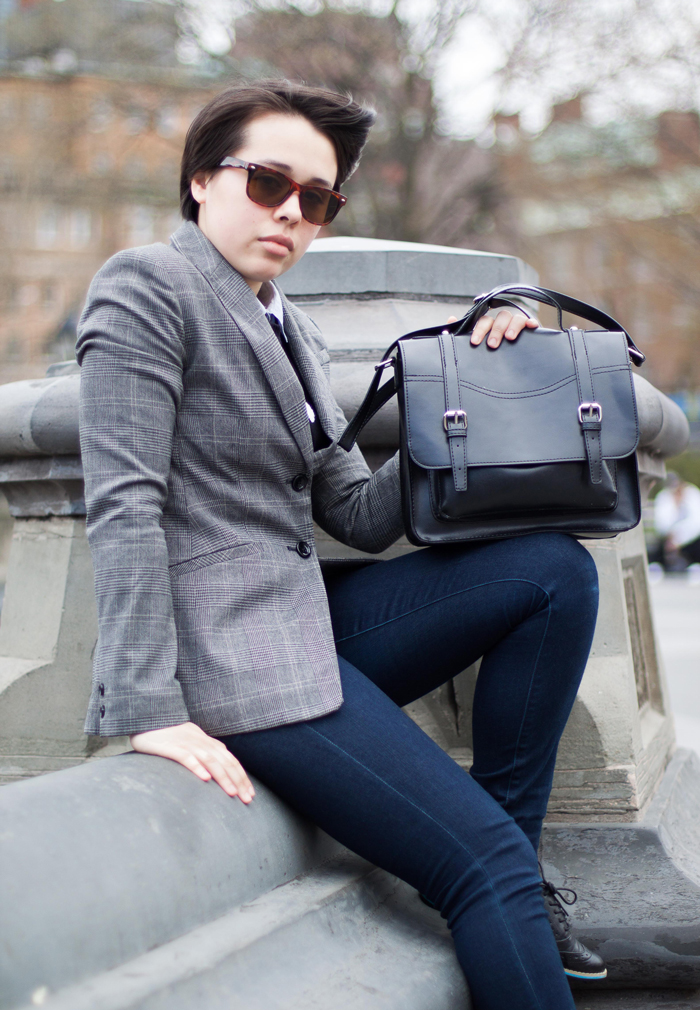From Yves Saint Laurent’s le smoking jacket to Prada’s platform brogues, menswear has been a rising trend in women’s fashion for years. However, the past few seasons have taken it to the next level, with full-on androgyny making a strong impression in both men’s and women’s fashion.
The term androgyny is derived from the Greek words “andr” and “gynē,” meaning “man” and “woman,” respectively, and refers to a combination of both masculine and feminine traits. The rise of androgyny has been especially apparent in the success of models such as Willy Cartier, Andrej Pejic and Casey Legler — the latter being a former Olympic swimmer who became the first woman signed as a male model. Designers such as Rick Owens, Martin Margiela and Rei Kawakubo of Commes Des Garçons have produced fashion lines that toy with notions of gendered clothing by dressing men in long, skirted silhouettes and women in strong, utilitarian looks.
Along with injecting fresh creativity into the fashion industry, androgyny has demonstrated social and political influences as well.
“I think it’s very important to be comfortable with your style of dress, and sometimes gender norms can be confining,” said CAS sophomore Stephanie Alegria. “To me, dressing androgynous allows me to choose who I want to be, how I want to present myself to the world [and] the freedom to be fully human, in the sense that I don’t have any strict rules to follow that gender-identity dressing has.”
Alegria, who looks to Charlie Chaplin and Buster Keaton for style inspiration, also spoke about androgyny being more socially acceptable for women than for men.
“Women can dress androgynously because looking more masculine is supposed to be a symbol of power, but men who look feminine are considered weak, so androgynous dress for men is not very popular.”
While many NYU students have found themselves playing with the look, for some it has less to do with following fashion trends and more to do with being comfortable with themselves.
Gallatin junior Alexis Lim shared her opinion on the phenomenon.
“Trendy androgyny doesn’t really fit how I like to look. I’ve pretty much always ‘dressed like a boy,’” Lim said. “People just said I’d grow out of [it], but I never did and never wanted to.”
With protests and progress in the name of gender equality happening all over the world, the growing popularity of androgyny is possibly a reflection of social and political changes. And while it may seem disconcerting now to see a man wearing high heels or a woman sporting a shaved head, fashion has been known to break down social barriers with its penchant for the unconventional.
Alexandria Ethridge is music editor. Email her at [email protected].


























































































































































